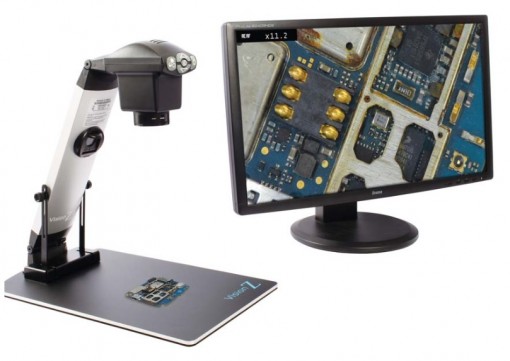It can be a daunting task to choose the right inspection system for your application. Three types of inspection systems are generally employed for industrial applications. Let us a take a look at each one of them, along with their merits and demerits.
Should You Purchase A Video Inspection System Or Microscope?

18
Apr




